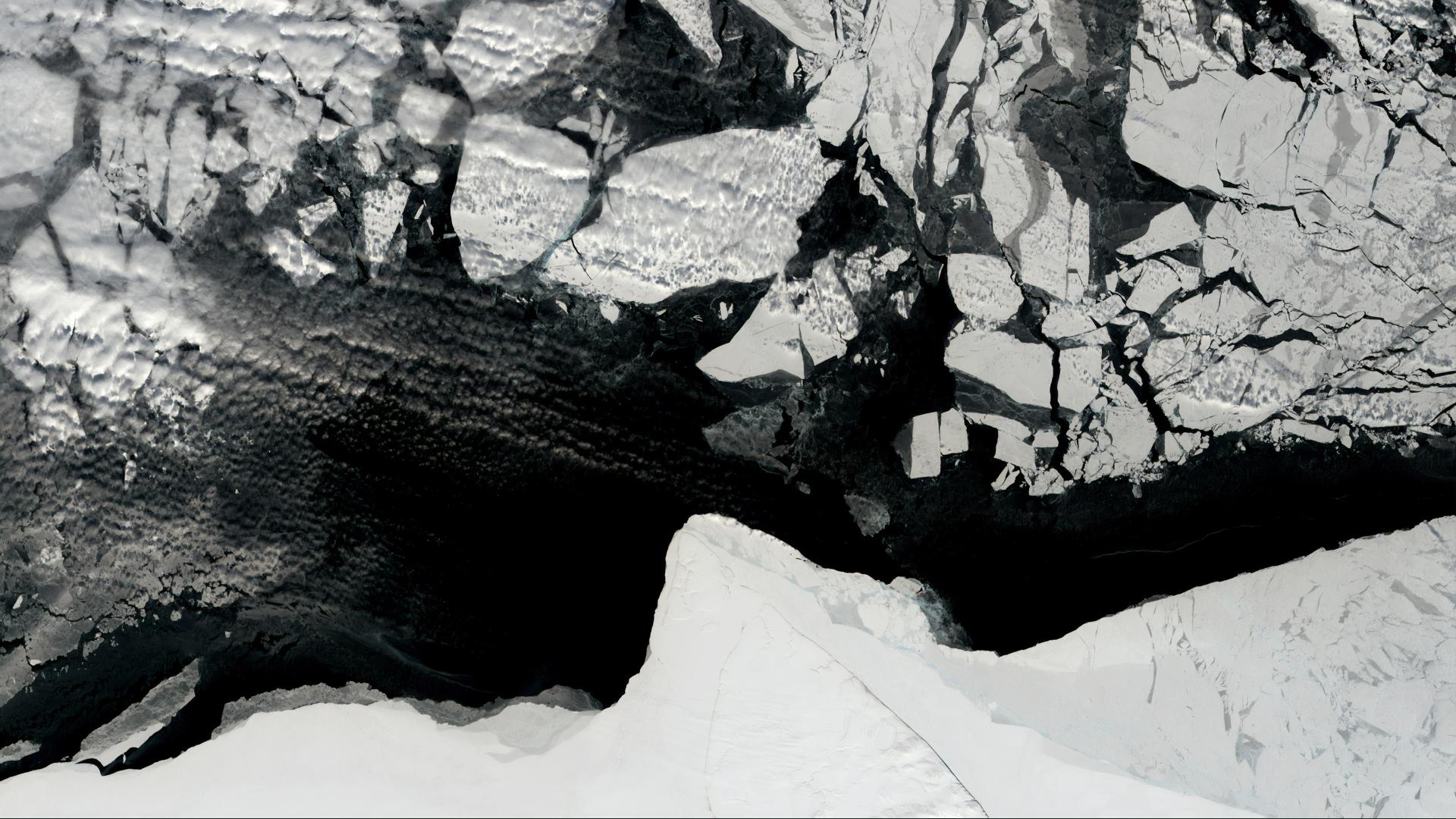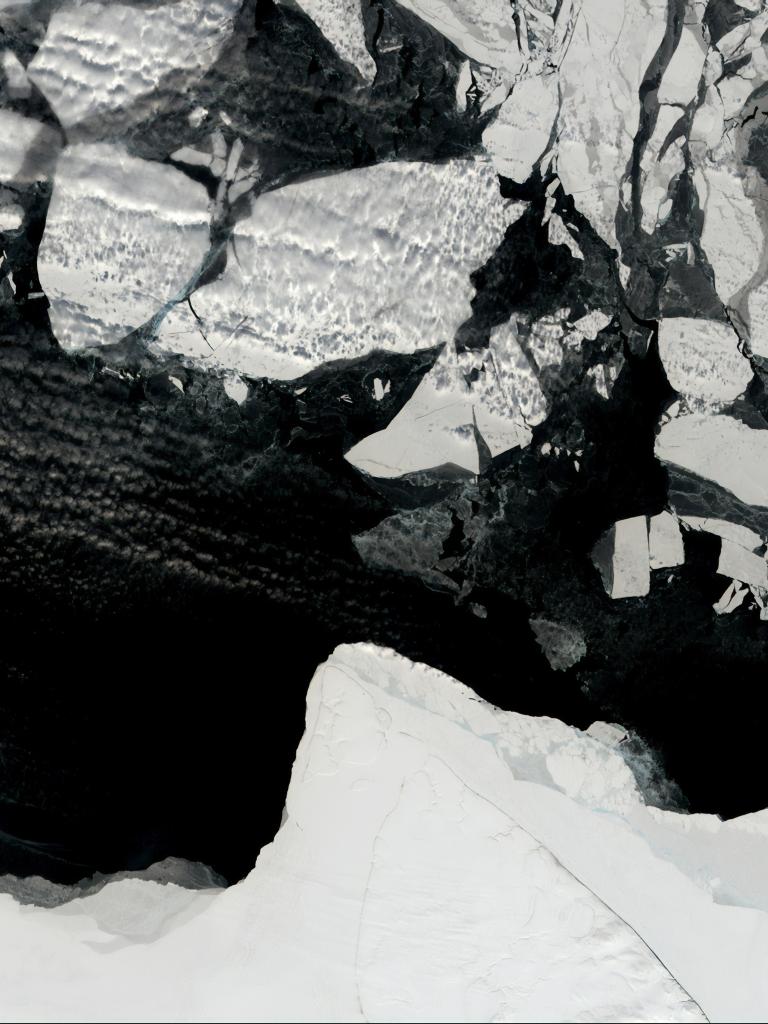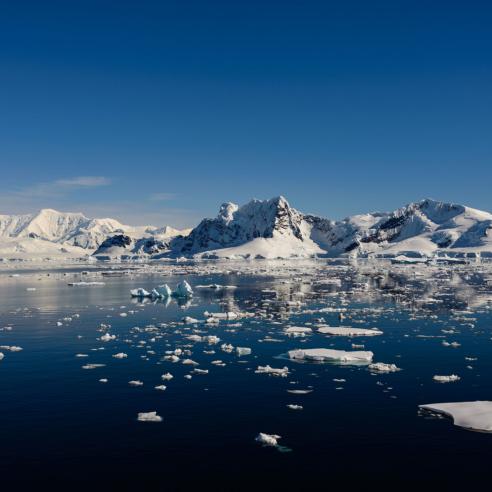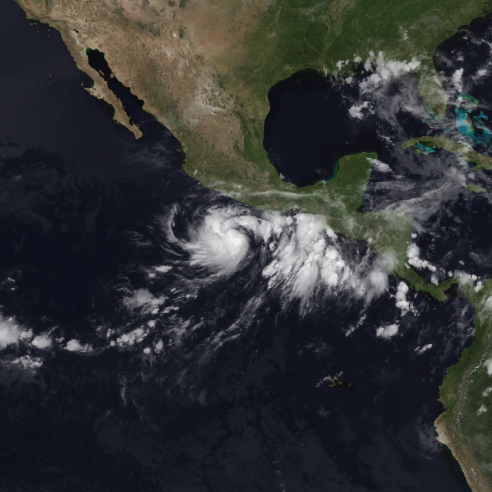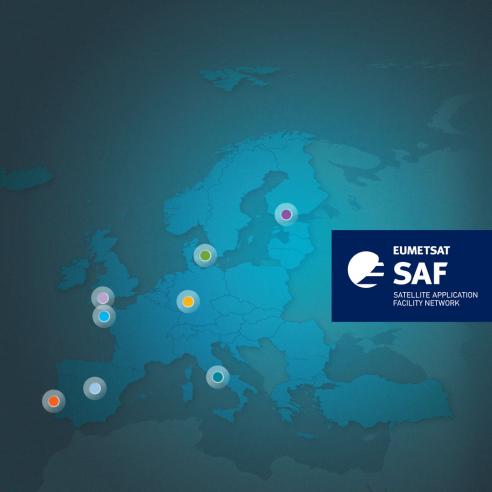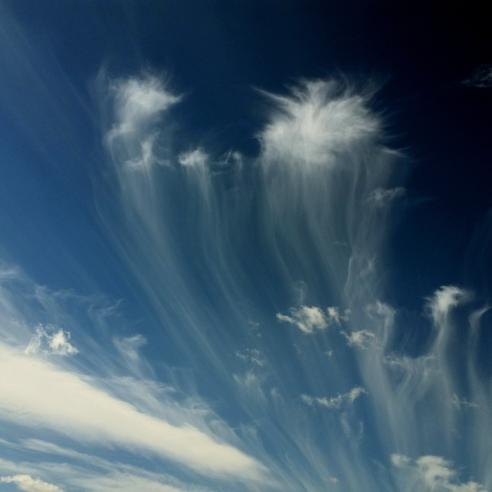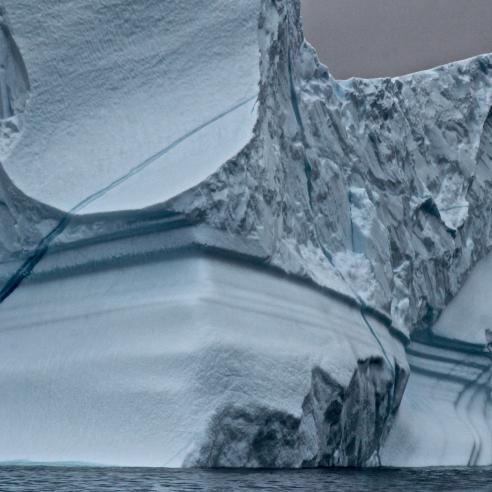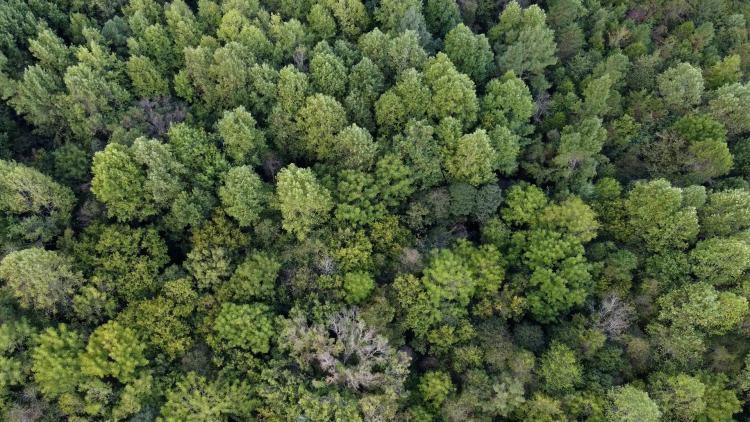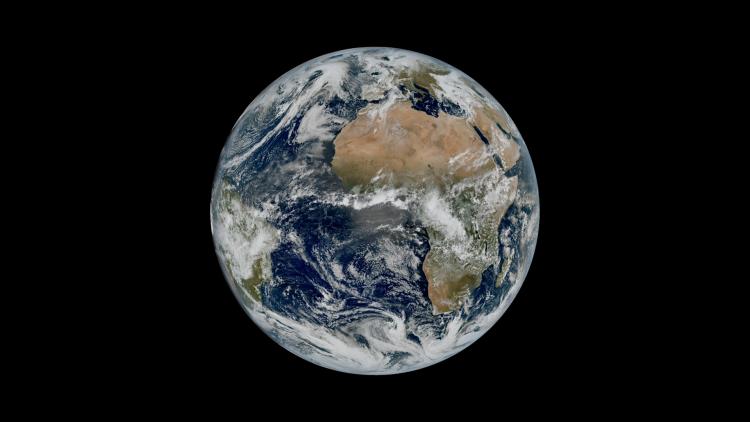15 January 2024
06 July 2020
This page provides an overview of the types of instruments that EUMETSAT uses for climate monitoring from space.
Visible and infrared imagers
Visible and infrared imagers were among the first spaceborne instruments ever flown and observations from these imagers for weather monitoring started in the 1960s. These so-called meteorological imagers capture images of visible reflected sunlight and emitted infrared radiation.
Meteorological imagers can be flown in polar orbits, circling the earth from pole to pole at an altitude of about 800km, and in geostationary orbits, positioned over a fixed position over the equator at an altitude of 36000km.

EUMETSAT recovers, recalibrates and reprocesses observations from many past and present meteorological imagers and prepares for future imagers on MTG and EPS-SG missions to provide the best possible quality long time-series for climate analysis. These include, for example, data from both its geostationary satellites (e.g. the MVIRI and SEVIRI instrument) and its polar-orbiting instruments (e.g. AVHRR, SLSTR, or METimage).

Infrared sounders
Infrared sounding instruments were first operated in the 1970s. The term sounders refers to the fact that these instruments sense emitted thermal radiation coming from the Earth's surface and from different heights in the atmosphere.
By sensing Earth’s atmosphere at many spectral wavelengths, infrared sounders are capable of providing information on vertical profiles of temperature and water vapour from the Earth's surface to the top of the atmosphere. Early sounders, such as the High Resolution Infrared Radiation Sounder (HIRS), scanned the Earth in 20 spectral channels, whereas present-day sounders, such as the Infrared Atmospheric Sounding Interferometer (IASI), scan the Earth in over 8000 spectral bands.
The assimilation of infrared sounder data has been a significant step forward in the quality of global weather prediction and climate reanalysis. Another major application of these data is through the retrieval of data records of Essential Climate Variables, such as temperature and humidity profiles as well as atmospheric composition, and sea surface temperature. Last but not least, these data are an important reference for the recalibration of older heritage infrared imagers, such as the MVIRI instrument in geostationary orbit.
EUMETSAT is recovering and reprocessing observations from many past and present infrared sounders and plans the use of future sounders to extend time series both back and forward in time.
Microwave imagers and sounders
Microwave imaging and sounding instruments were first operated in the late 1970s. These instruments sense upwelling microwave radiation coming from the Earth’s surface and the atmosphere.
Microwave images provide reliable information on water vapour, sea ice, and near-surface wind speed over the ocean, as well as on snow cover, and precipitation over land and ocean. On the other hand, observations of microwave sounders, often in combination with observations of infrared sounders, provide valuable information on atmospheric temperature and humidity profiles.
Assimilation in global reanalysis and monitoring of the state and evolution of climate variables, such as humidity and precipitation, are the main usages of microwave imager and sounder data in the context of climate monitoring.
EUMETSAT reprocesses observations from many past and present microwave imager and sounder instruments and prepares for future microwave sensors on EPS-SG to extend our time series both back and forward in time.
Radio occultation
With the advent of Radio Occultation (RO) instruments in the 2000s, a ‘new’ Earth Observation technique for sounding the Earth’s atmosphere was born. These instruments receive radio signals that are continuously broadcast by Global Positioning System (GPS) navigation satellites of the Global Navigation Satellite System (GNSS). The instruments work by measuring the time delay of the refracted GPS radio signals as they skirt the Earth’s atmosphere travelling from the transmitting GPS to the radio occultation receiver.
From RO measurements globally distributed and very precise vertical profiles of atmospheric parameters, such as temperature and water vapour in the stratosphere and troposphere, can be derived. These RO-derived profiles complement those derived from infrared and microwave sounders. Their long-term stability, high accuracy, and high vertical resolution make them very valuable for weather forecasting and climate monitoring.

Assimilation into global reanalysis models and monitoring the state and evolution of climate variables, such as the temperature and humidity profiles of the ROM SAF, is the main usage of radio occultation data.
EUMETSAT is reprocessing observations from past and present radio occultation instruments to deliver homogeneous time series that can be continued with future instrument data.
Scatterometers
Measurements from scatterometers in space began in the early 1990s with the SCAT instrument on ESA’s ERS-1 satellite, followed by several US research missions.
Scatterometers are active instruments that emit radar waves towards the atmosphere and Earth and measure, after absorption or scattering, the backscattered radar waves.
Although scatterometer-based products are relatively low resolution (25x25km), a huge advantage of these products is that they are available day and night and are independent of cloud cover.
Over the ocean, changes in the backscatter strength depend on the state of the sea surface from which wind speed and wind direction are inferred. Over land, scatterometer measurements are applied to study vegetation, soil moisture, or polar ice. Both ocean surface wind vectors and soil moisture are essential variables of the climate system.

The COMET Program / EUMETSAT
Assimilation in global reanalysis models and monitoring the state and evolution of climate variables, such as ocean winds, as provided by OSI SAF, and soil moisture as provided by the H SAF, are the main usages of scatterometer data in the context of climate monitoring.
EUMETSAT provides recalibrated time series of observations from the Metop Advanced SCATterometer (ASCAT) instrument which has been operated on Metop-A (retired), –B, and -C since 2007 and prepares for the continuation of the time series with the EPS-SG scatterometer.
Visible grating spectrometers
Spaceborne visible grating spectrometers were first operated in the 1990s. These spectrometers sense spectra of reflected solar irradiance coming from the Earth and the atmosphere in the ultraviolet, visible, and near-infrared spectral range (from ~200nm to a maximum of ~2500nm) distributed over more than 5000 narrow bands.
Scientific analysis of these spectra allows for the retrieval of global maps of atmospheric ozone and trace gas concentrations, as well as ultraviolet radiation and aerosol properties from space.
Monitoring the state and evolution of atmospheric climate variables, such as ozone, greenhouse gases or aerosols, as provided by the ACSAF, are the main usages of spectrometer data in the context of climate monitoring. These variables, in turn, are also assimilated into global models for climate reanalysis.
EUMETSAT is recalibrating and reprocessing observations from the Global Ozone Monitoring Experiment 2 (GOME-2) visible spectrometer to provide a consistent time series that can be extended with measurements of the Copernicus Sentinel-5 instruments which will fly aboard the EPS-SG satellites.

The COMET program / EUMETSAT
